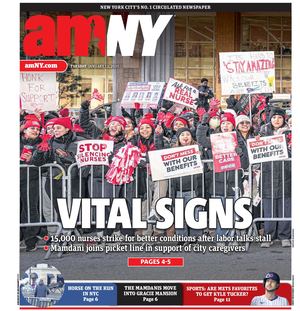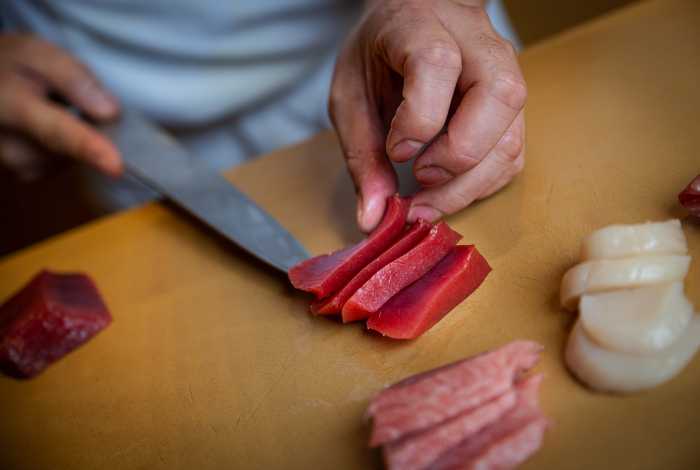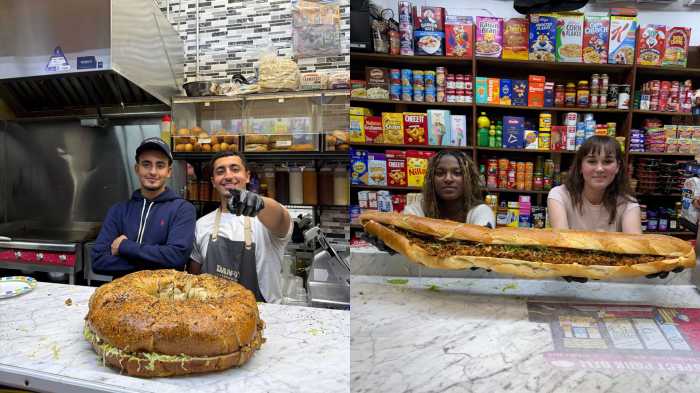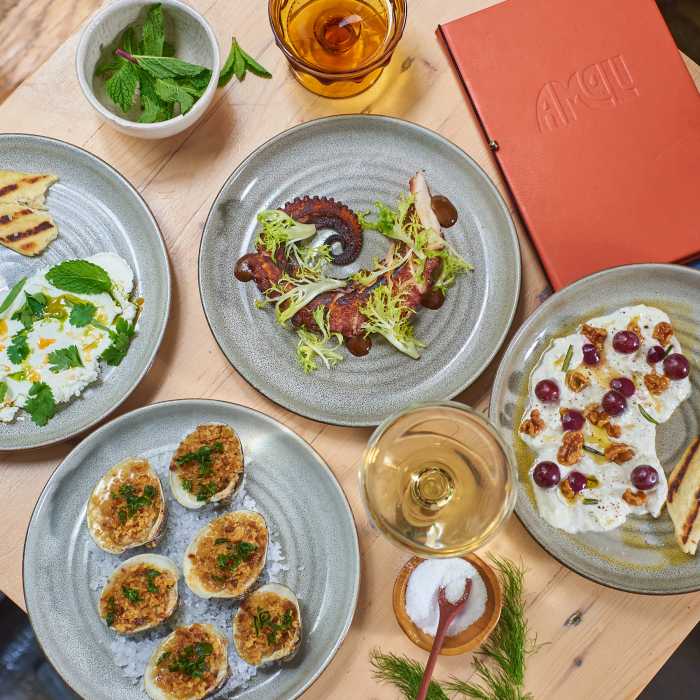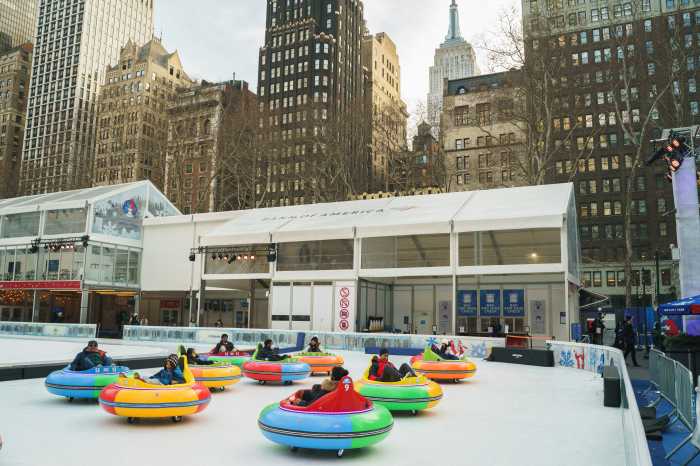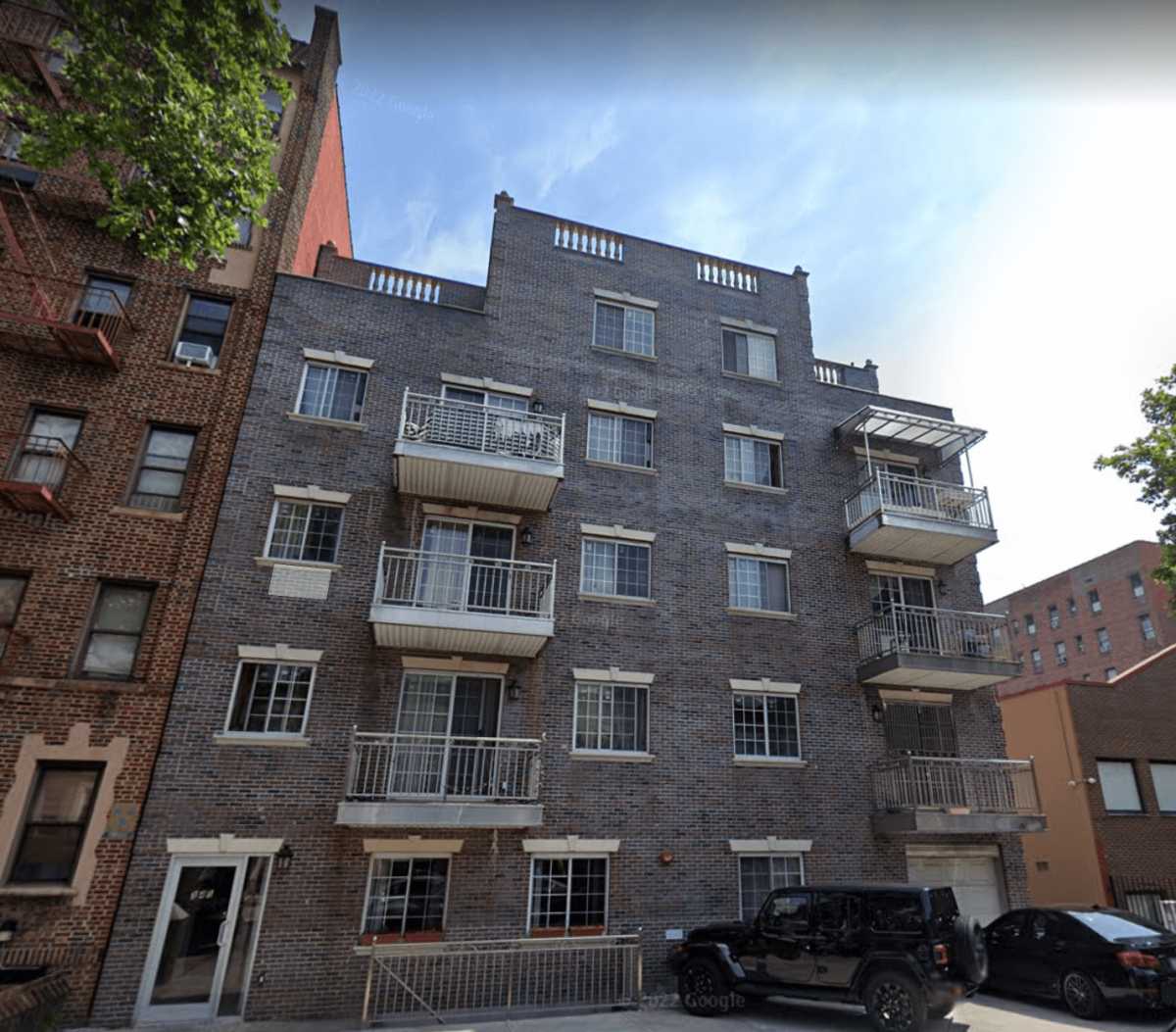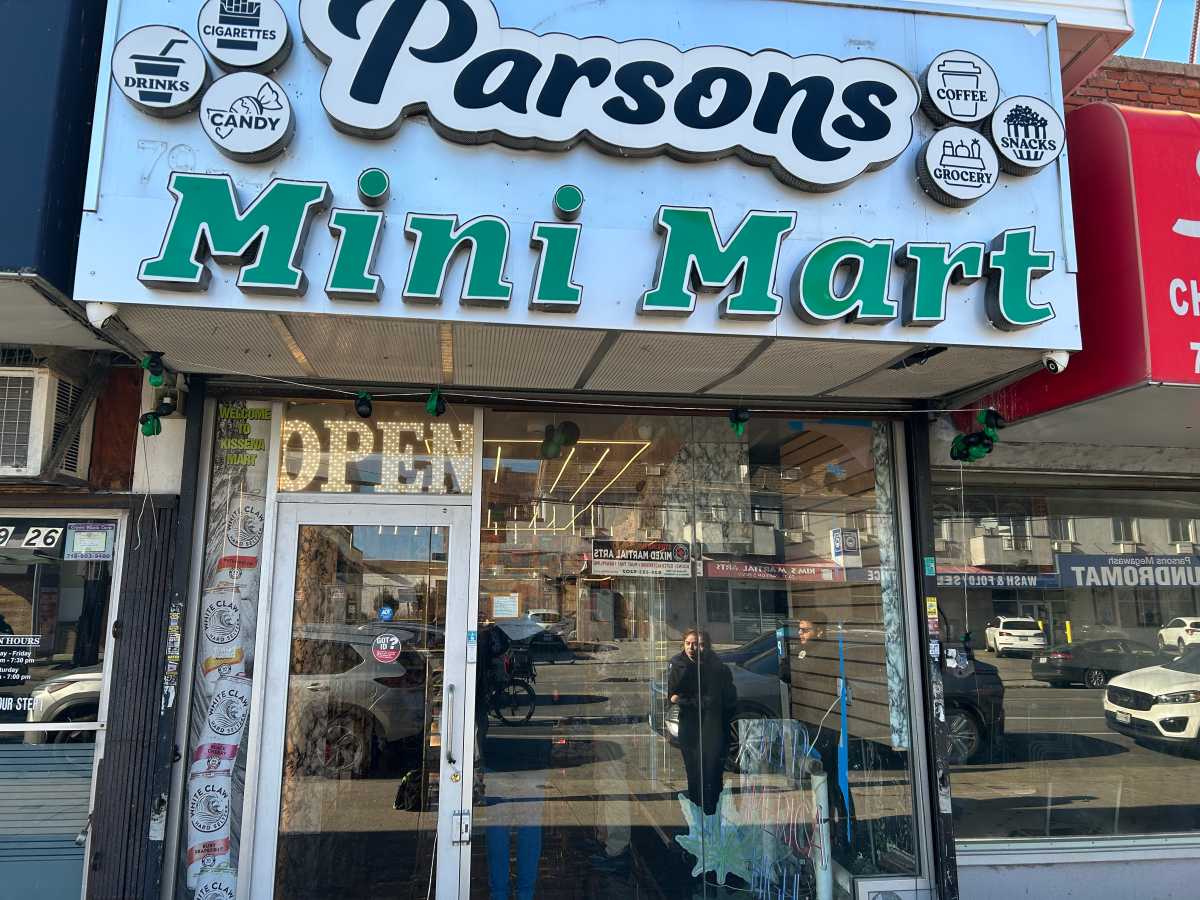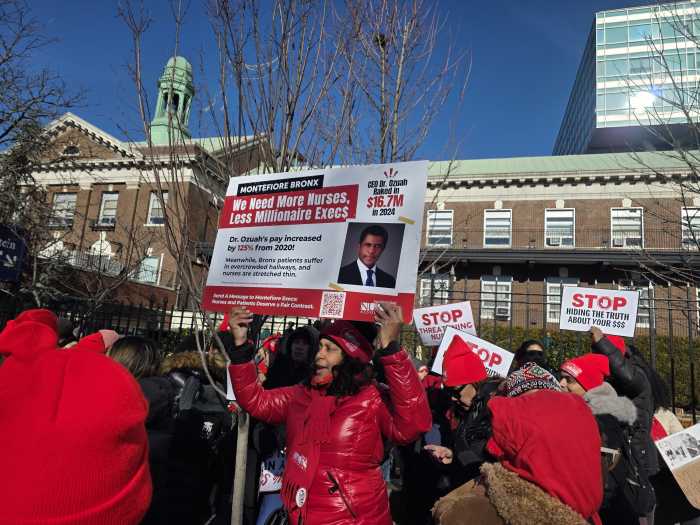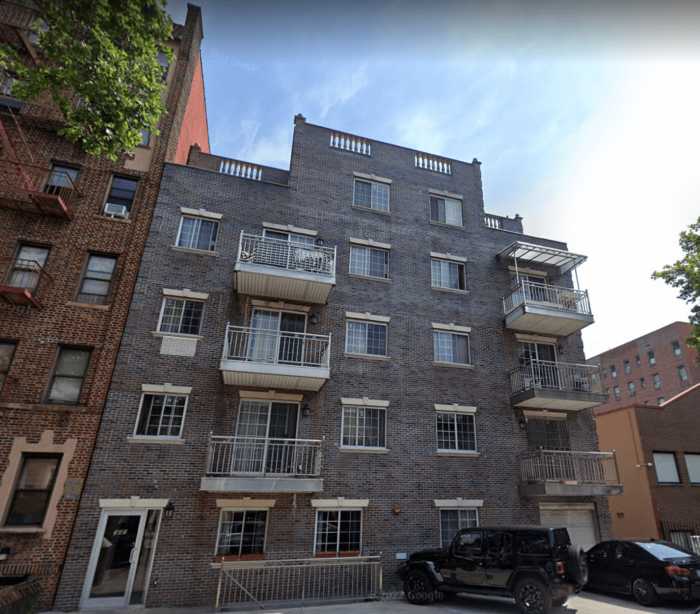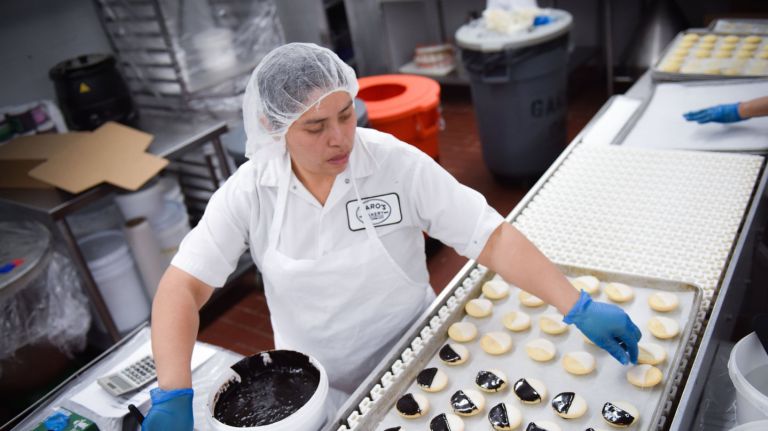
The bright red, yellow and blue mural on the front of the Bronx factory are in stark contrast to the monochrome world inside Zaro’s Family Bakery.
The fourth-generation family-owned business churns out half a million black-and-white cookies a year from Bruckner Boulevard.
The two-toned treats — one half chocolate, the other vanilla — straddle the line between cookie and cake.
“They’re a perfect marriage between a cookie and a cake, with chocolate fondant and vanilla fondant on the top,” said CEO Michael Zaro, 40.
Zaro is talking with his mouth full, having just taken a bite of the indulgence helped made famous by his great-grandfather Joseph Zaro, who left Poland and sailed to Ellis Island in the 1920s.
He started a bakery in New Jersey before moving to the Bronx in 1927, where he made babka, challah and other goods typically found in an Eastern European Jewish bakery.
Joseph Zaro’s sons, Phil and William, took over in the 1950s. Today, Joseph Zaro’s great-grandsons — Michael, Brian, Scott and Richard — run the business.
The bakery has been making a whole range of baked goods at its current Port Morris facility since 1982, from bagels and pretzels to cakes and cupcakes to babka and rugelach. But it’s synonymous with the black and white.
The family claims it invented the iconic New York City cookie — immortalized on an episode of the iconic NYC TV show “Seinfeld” — during the Depression. The story goes something like this: “A lady came into the store with two small children and one child liked a vanilla cookie and the other child liked a chocolate cookie. The woman didn’t have enough money to buy two cookies so my grandfather made the black-and-white cookie,” Michael Zaro said.
The Zaros aren’t the only ones with a claim on the black-and-white cookie. Some sources place its invention at Hemstrought’s Bakeries in Utica, New York, where they are known as “half-moon” cookies, while others trace it back to Glaser’s Bake Shop in Yorkville, which is closing in July.
If not an originator, plenty of other city bakeries and stores specialize in the treat, too, from William Greenberg Desserts to Zabar’s to Donut Pub.
What makes Zaro’s different?
“Our cookie tends to be a lot more cookie than cake,” Michael Zaro said. “It has a good weight to it.”
There are more than two ways to eat a black and white. Michael Zaro takes one bite right in the middle, then breaks it in half and finishes the chocolate. If he’s still hungry he eats the rest of the vanilla.
But first, they have to be made. Laura Jaramillo and Juneisi Polance are part of the crew that specializes in black and whites at Zaro’s. With a combination of speed and accuracy, they produce mini- and full-sized versions. As cookies go down a conveyor belt, they grab them, spread vanilla icing on exactly half the cookie and place them on a baking sheet.
After the vanilla dries, the women take buckets of chocolate icing and deftly apply the second topping, using a thin-bladed metal spatula with a flourish.
Later in the day, the cookies are shipped to Zaro’s nearly 10 retail outlets to be sold. It’s especially popular among commuters; the busiest store is near Track 34 at Grand Central Terminal, while the two at Penn Station give it a run for its money.
Zaro’s most recent openings have been in the Bronx; this past fall, it debuted a bakery in Parkchester, and a bakery at its Port Morris factory is planned to open later this year.
Zaro’s sometimes puts colorful twists on the cookies for special occasions, from orange and black for Halloween to white and green for St. Patrick’s Day. But the signature black and white is the most popular.
“It’s the exceptional cookie that New Yorkers have grown to love,” Michael Zaro said.
